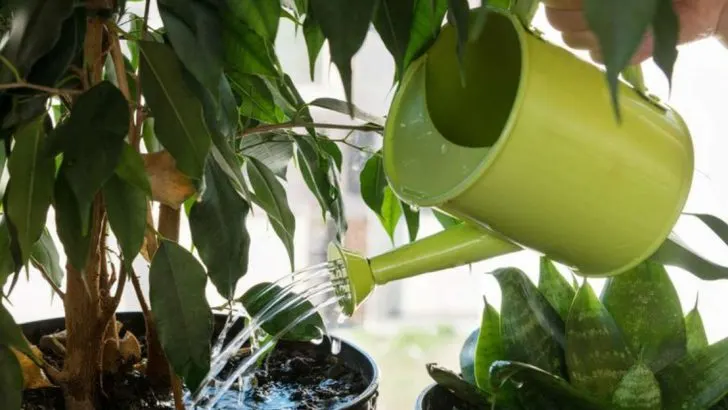Nothing says “I just bought this house” like mulch volcanoes and plastic edging. We’ve all seen it—lawns mowed within an inch of their lives, shrubs planted too close to the house, or flowers stuffed into every empty inch like a botanical panic attack. New homeowners mean well. They’re excited. They’ve got big dreams, a cart full of plants, and no idea what’s about to go wrong. But good intentions don’t stop plants from dying, water from pooling, or your “low-maintenance” yard from turning into a jungle. If your garden’s giving “Pinterest board in crisis,” this list is your wake-up call. Let’s fix the rookie moves before they become full-blown regrets—no judgment, just better choices and a yard that actually works. Grab your gloves. We’re rewriting the front yard story.
Overwatering Plants
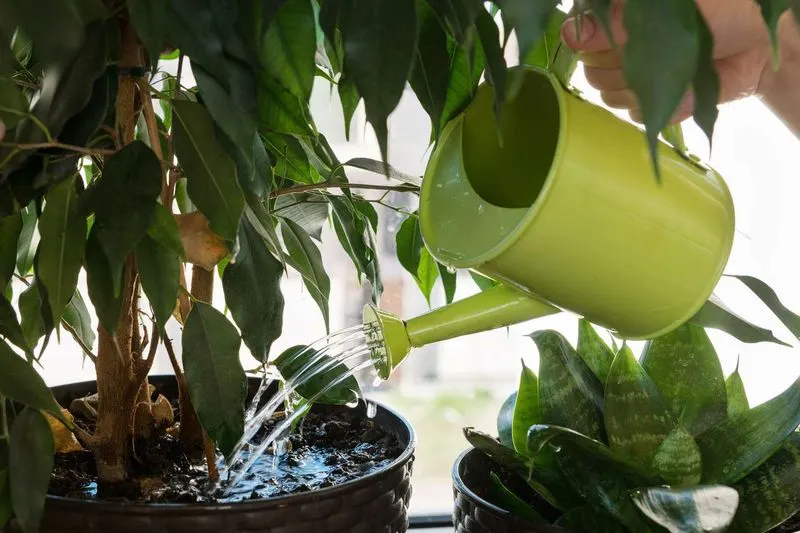
Many first-time gardeners think more water equals healthier plants. This misconception often leads to overwatering, drowning roots. Signs of overwatering include wilting or yellowing leaves. To fix this, ensure soil drains well, and check moisture before watering.
Using a moisture meter can help gauge the need for watering. Consider drought-resistant plants to reduce watering frequency. Mulching also helps retain moisture and supports healthy roots.
Remember, most plants prefer being slightly dry over excessively wet. Adjust your watering schedule according to seasonal changes to keep plants hydrated yet healthy.
Ignoring Soil Quality
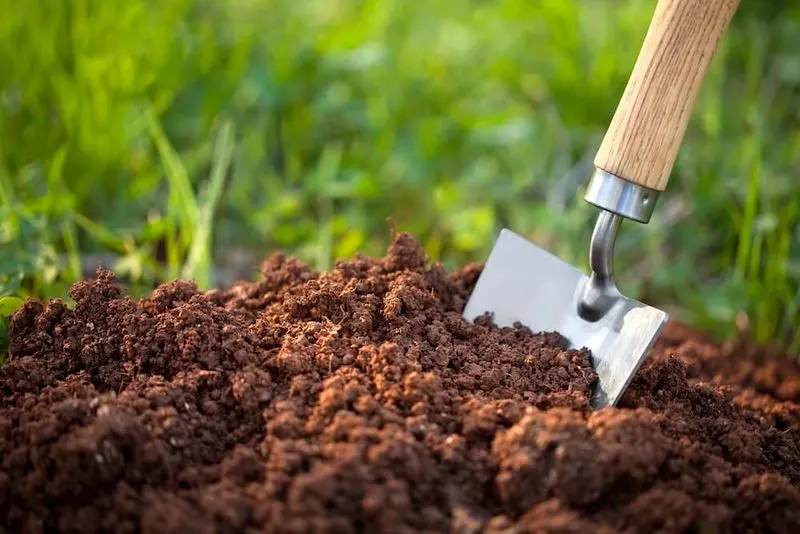
Soil is the foundation of a thriving garden. Yet, newcomers often overlook its quality, leading to struggling plants. Compacted or nutrient-poor soil hampers growth. Testing soil pH and nutrients is crucial for determining amendments.
Adding organic matter, like compost, enriches soil structure and nutrients. It’s a simple fix that encourages robust plant development. A soil test kit can provide detailed insights into deficiencies.
Regularly checking and amending soil ensures plants receive essential nutrients. Healthy soil supports a vibrant, resilient garden, fostering growth and reducing pest issues.
Planting Too Close
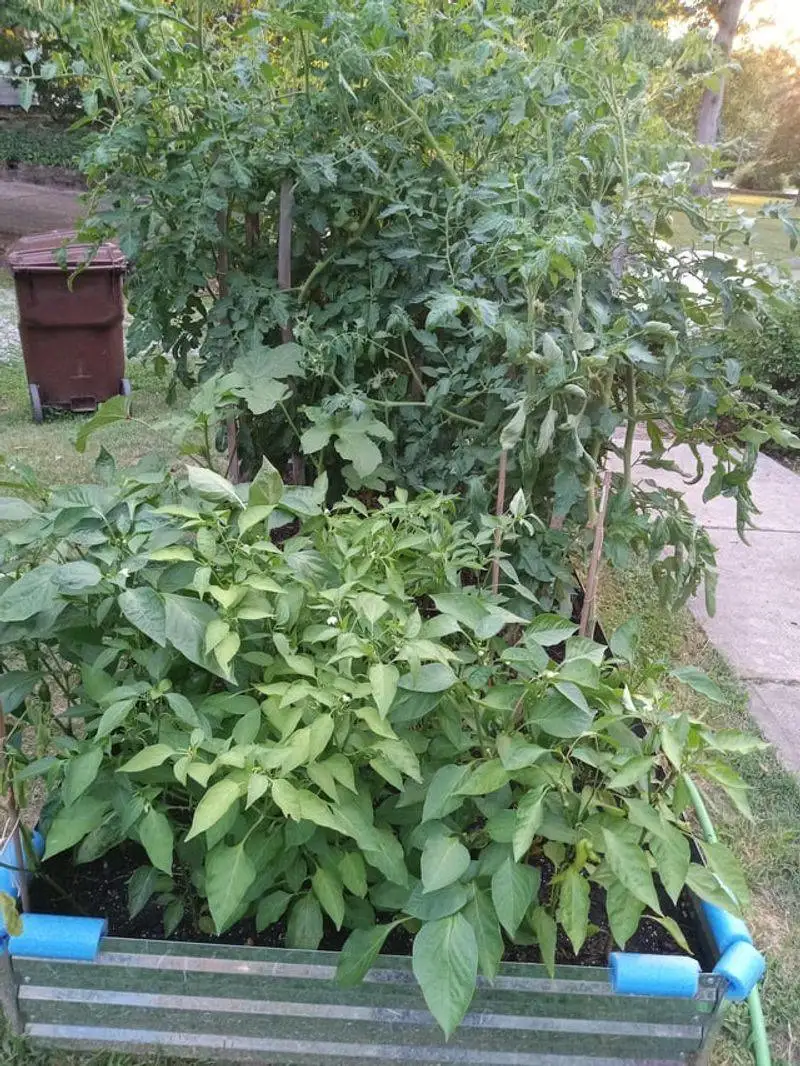
Eager gardeners might cram plants together, envisioning lush growth. However, overcrowding leads to competition for nutrients, sunlight, and water. This can stunt growth and increase disease risk.
Spacing plants properly allows air circulation, reducing fungal infections. It also ensures each plant gets adequate resources. Planning plant placement in advance prevents this common error.
Consult plant labels or gardening guides for recommended spacing. By giving plants room to grow, gardeners create a balanced, thriving ecosystem that promotes plant health and garden aesthetics.
Neglecting Mulching
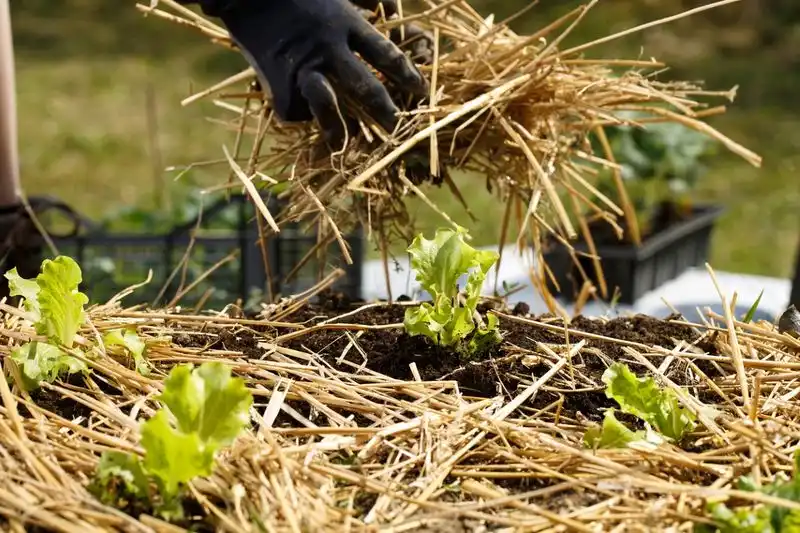
Mulching is often overlooked, yet it’s vital for soil health. Neglecting mulch leaves soil exposed, causing moisture loss and weed growth. Mulch acts as a protective layer, retaining moisture and suppressing weeds.
Applying organic mulch, like wood chips or straw, enriches soil as it decomposes. It regulates soil temperature and reduces erosion. First-time gardeners should mulch annually, especially in spring.
Ensure mulch is spread evenly, without touching plant stems. This simple step transforms a garden, promoting healthier plants and reducing maintenance efforts.
Wrong Plant Choices
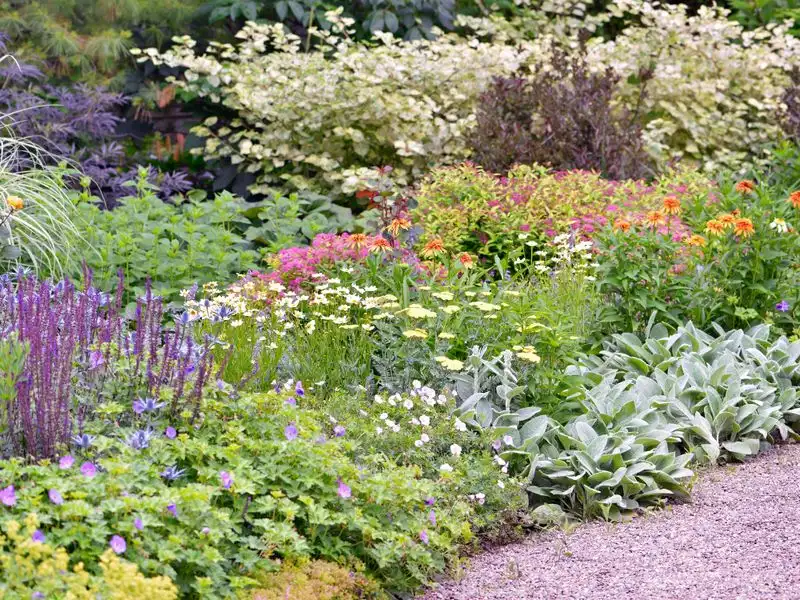
Choosing plants unsuited to your climate or soil is a common blunder. New gardeners often select based on appearance, not suitability. This mistake leads to struggling, unhealthy plants.
Researching plant hardiness and soil preference is essential. Opt for native or adaptable species for better success. Local gardening centers provide valuable advice on suitable plants.
Understanding your garden’s microclimate aids in making informed choices. Proper plant selection results in a resilient, flourishing garden with minimal care needs. It’s about harmonizing plant needs with your environment.
Ignoring Seasonal Changes
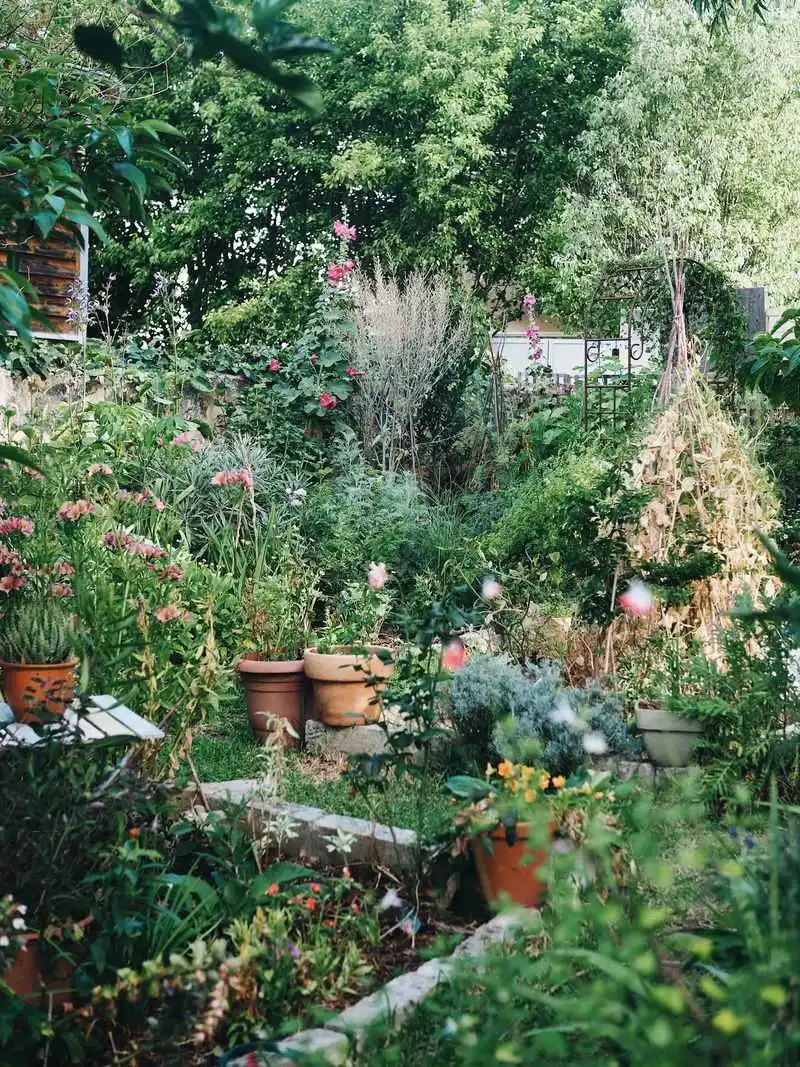
Seasons dictate plant growth, but new gardeners often ignore this vital aspect. Planting at the wrong time stresses plants, impeding growth and bloom. Understanding seasonal cycles ensures planting success.
Following a planting calendar helps synchronize with nature. Seasonal awareness guides pruning, fertilizing, and harvesting. For instance, spring bulbs need autumn planting.
Adapting to seasonal changes enhances garden productivity. By aligning gardening tasks with nature’s rhythm, homeowners cultivate a thriving, harmonious outdoor space.
Forgetting Fertilizer
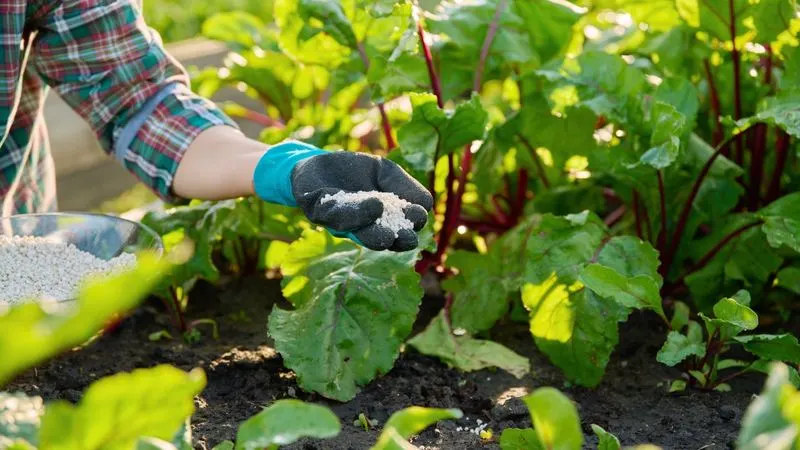
Fertilizers provide essential nutrients for plant growth, yet are often forgotten by new gardeners. Deprived plants exhibit stunted growth and poor yields. Regular feeding with balanced fertilizers supports robust development.
Understanding plant-specific nutrient needs is key. Test soil before fertilizing to identify deficiencies. Organic options, like compost or manure, enrich soil naturally.
Over-fertilizing is harmful, so follow recommended guidelines. Proper fertilization rejuvenates soil, leading to lush, productive plants. This proactive approach prevents nutrient depletion and supports sustainable gardening.
Improper Pruning Techniques
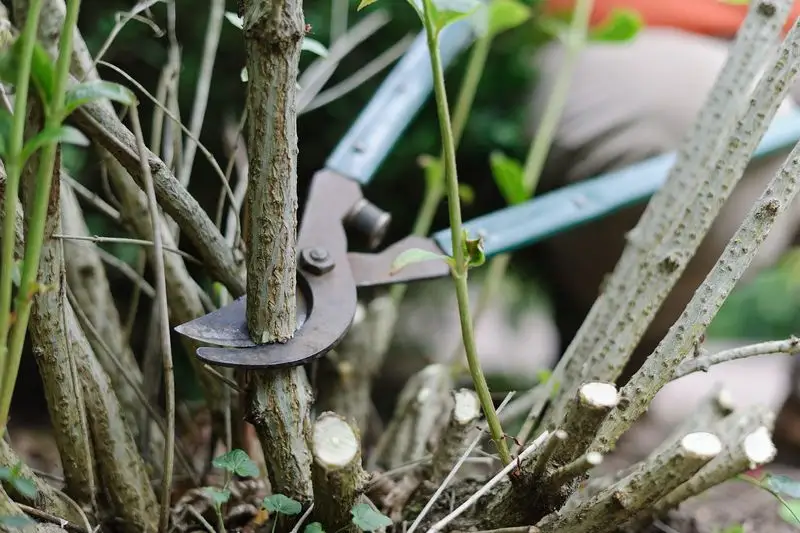
Pruning promotes plant health, yet improper techniques can harm. Novices often over-prune or use dull tools, damaging plants. Understanding plant-specific pruning needs is crucial.
Research correct methods for each plant type. Use sharp, clean tools to prevent disease spread. Proper timing, like winter for dormant plants, enhances results.
Pruning encourages growth and shapes plants, but requires care. By mastering this skill, homeowners foster vibrant, well-formed gardens. It’s an art that balances aesthetics with health.
Neglecting Pest Control
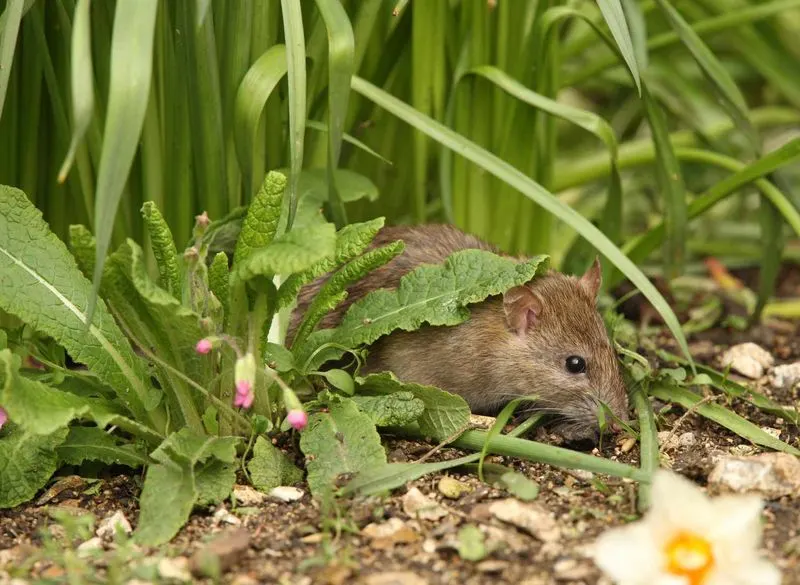
Pests wreak havoc, yet new gardeners often neglect control measures. Ignoring infestations leads to damaged plants and reduced yields. Early intervention using integrated pest management (IPM) is effective.
Identify pests and use targeted solutions, like beneficial insects or organic sprays. Regular monitoring catches issues early. Encouraging biodiversity deters pests naturally.
A proactive approach minimizes damage and restores balance. Understanding pest behavior aids in prevention and control. This vigilance ensures a healthy, thriving garden ecosystem.
Failing to Plan for Growth
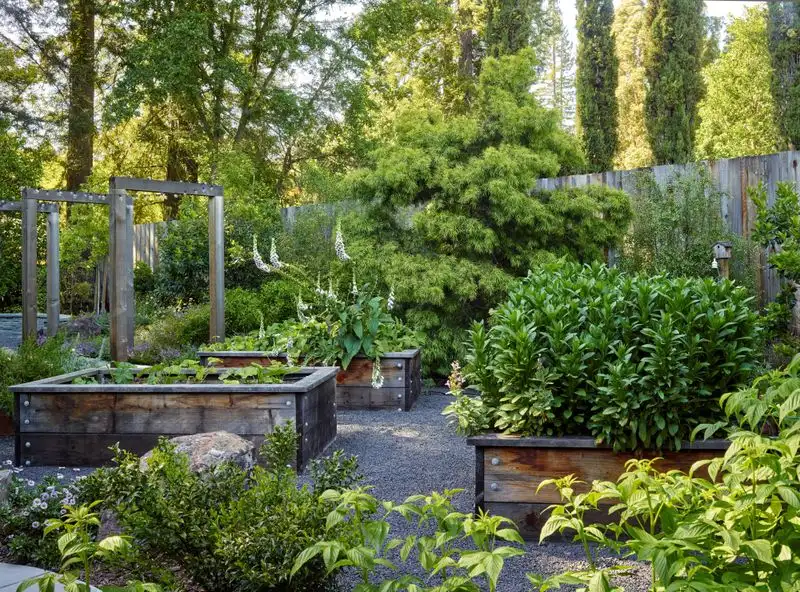
Gardens evolve, yet new homeowners often forget to plan for growth. Mature plants need space, but poor planning leads to overcrowding. This congestion stresses plants and hinders development.
Designing a flexible layout accommodates future growth. Allowing ample space for each plant prevents competition for resources. Regular pruning and transplanting maintain balance.
Considering mature sizes during planting enhances garden longevity. A well-planned garden evolves gracefully, thriving as plants reach full potential without constraint.
Disregarding Sunlight Needs
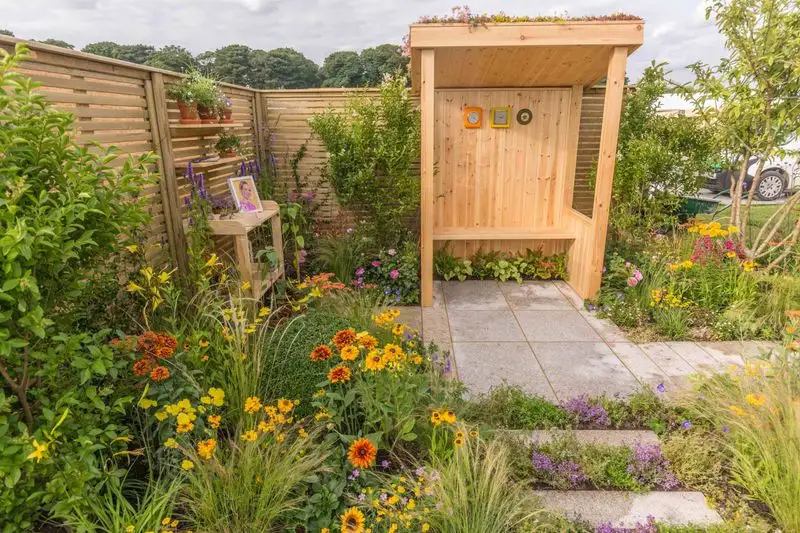
Sunlight is crucial, yet often mismatched in gardens. Placing sun-loving plants in shade, or vice versa, stunts growth. Understanding sunlight patterns and plant needs is vital.
Observe sunlight exposure throughout the day. Group plants with similar light requirements for optimal growth. Adjust placement as trees or structures cast new shadows.
By aligning plant needs with sunlight, gardens flourish. This simple awareness transforms plant health and reduces maintenance. It’s about creating harmony between plants and their environment.
Overlooking Garden Design
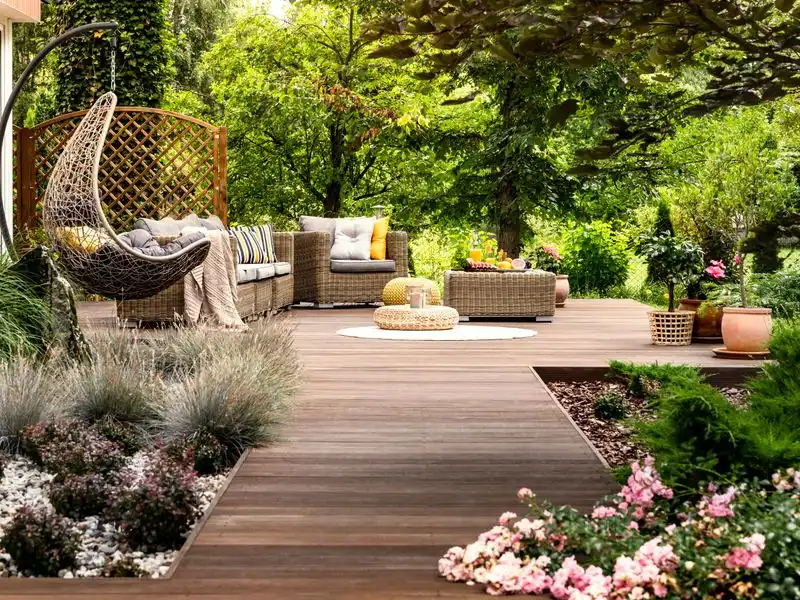
A well-designed garden enhances aesthetics and function. Novices often overlook design, leading to chaotic, unbalanced spaces. Effective design considers layout, plant selection, and focal points.
Incorporating pathways, seating, or water features elevates garden appeal. Balancing textures, colors, and heights creates visual harmony. Planning ensures a cohesive, inviting space.
Consulting landscape designers or using design software aids in visualizing concepts. Thoughtful design transforms gardens into serene retreats, reflecting personal style and enhancing outdoor living.
Using Too Many Chemicals
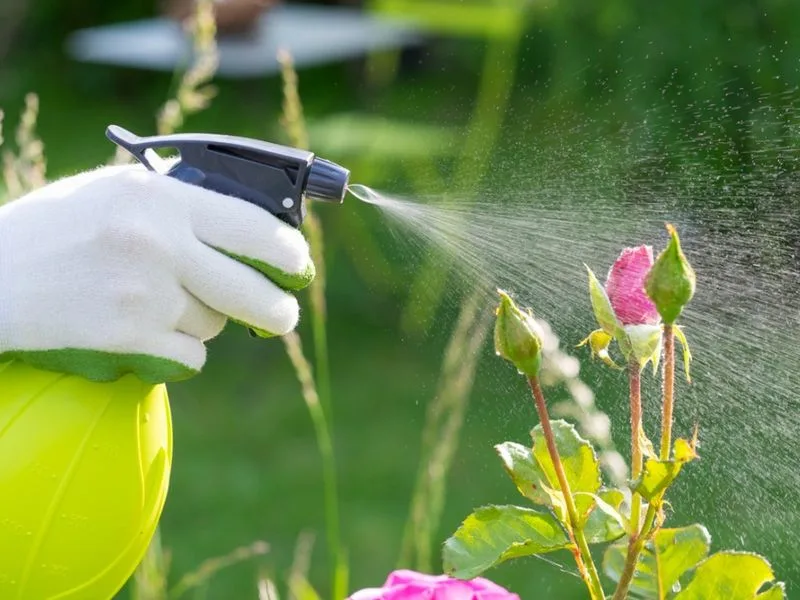
Chemical overuse harms gardens and environment. New gardeners might rely on quick fixes, ignoring natural alternatives. Excessive chemicals damage soil and beneficial organisms.
Opt for organic solutions, like compost tea or neem oil, for sustainable pest control and fertilization. Embrace companion planting for natural pest deterrents.
Reducing chemical dependency fosters a balanced ecosystem. By prioritizing natural methods, gardens thrive without harmful residues. It’s about nurturing nature, ensuring long-term garden health and vitality.
Forgetting to Label Plants
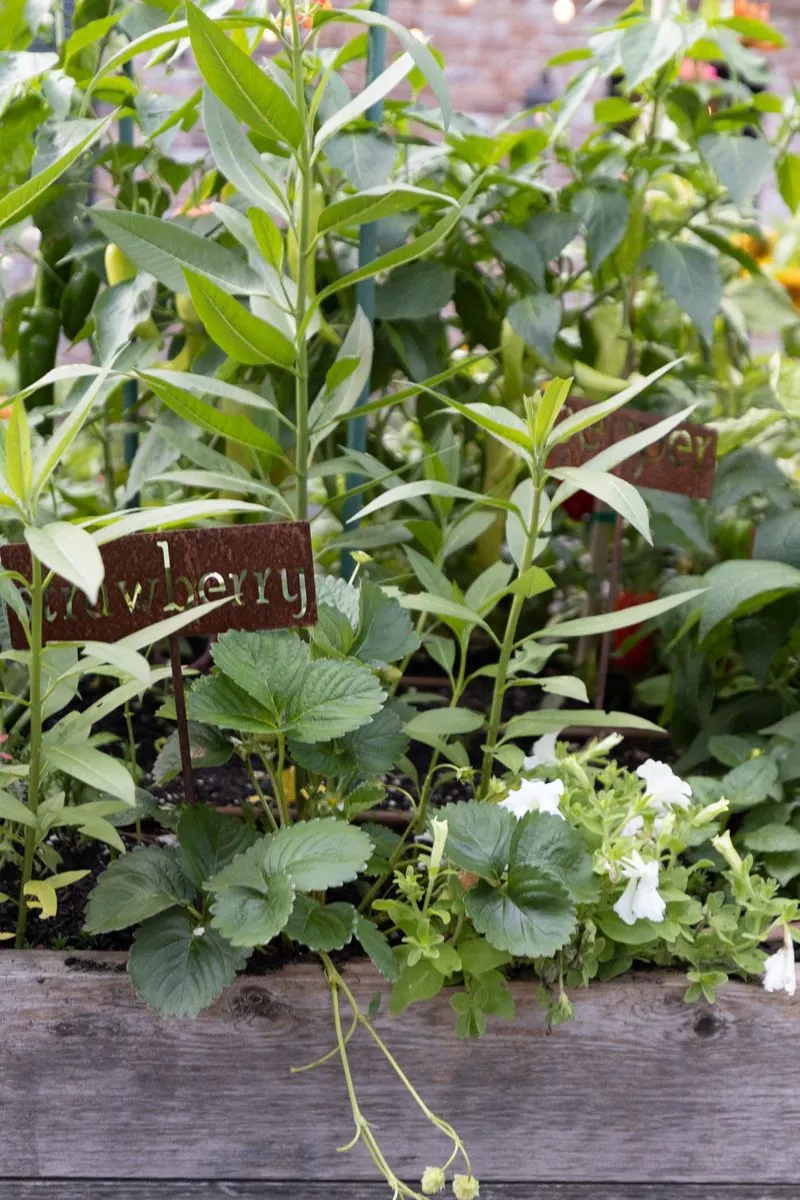
Labeling plants aids in identification and care. Yet, new gardeners often overlook this step, leading to confusion. Proper labeling includes plant names and care instructions.
Use durable markers or tags to withstand weather. Updating labels as plants mature or change location helps maintain organization.
Accurate labeling streamlines garden management. It ensures plants receive appropriate care, avoiding mix-ups. This simple habit enhances gardening efficiency and knowledge.
Underestimating Weeds
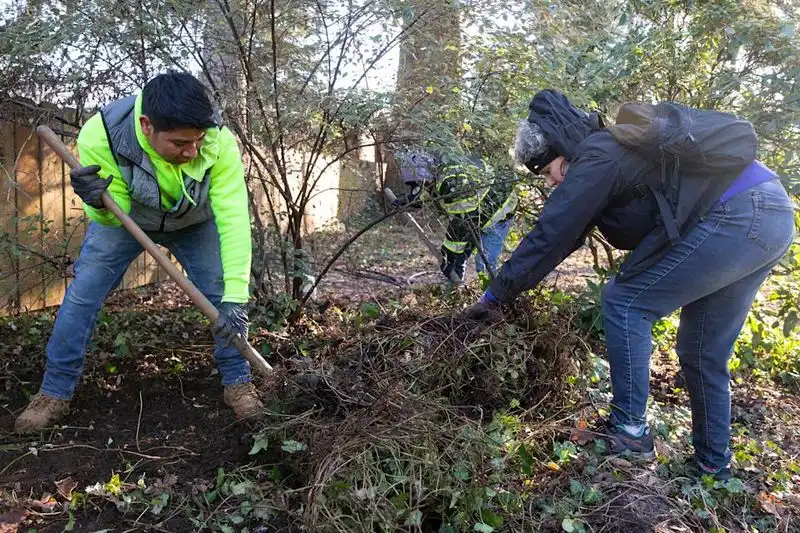
Weeds compete for nutrients and space, often underestimated by beginners. Ignoring them leads to overrun gardens and stressed plants. Regular weeding is essential for plant health.
Mulching suppresses weed growth and retains soil moisture. Hand-pulling or using tools targets weeds at their roots, preventing regrowth.
Staying vigilant minimizes weed impact, ensuring robust plant development. Consistent effort maintains a tidy, productive garden, free from invasive competition.
Ignoring Hardscapes Maintenance
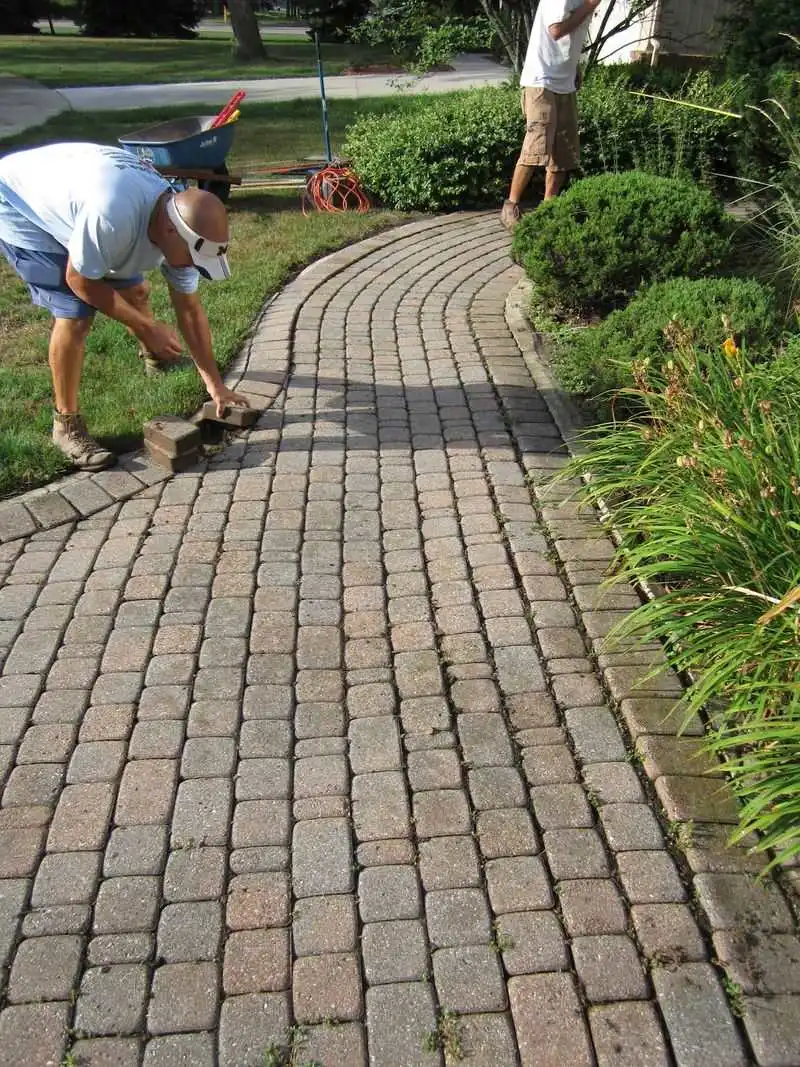
Hardscapes, like paths or walls, need maintenance too. Ignoring them leads to deterioration and safety hazards. Regular cleaning, sealing, or repairs preserve their condition.
Clearing debris and weeds prevents damage and maintains aesthetics. Inspecting for cracks or wear allows early intervention.
Well-maintained hardscapes enhance garden function and appearance, offering lasting durability. It’s about appreciating all garden elements, not just plants.
Overlooking Drainage Issues
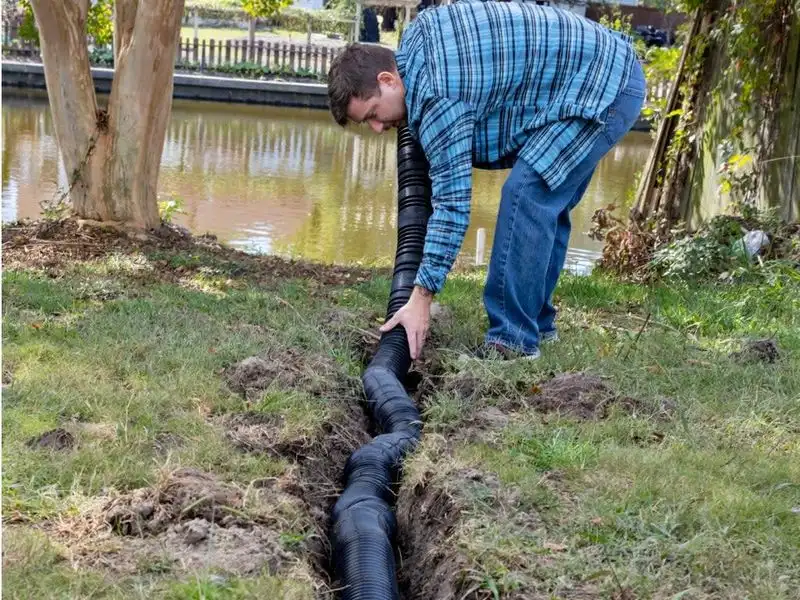
Proper drainage is vital, yet often overlooked. Poor drainage causes root rot and plant distress. Identifying issues early prevents major problems.
Amending soil with sand or organic matter improves drainage. Creating slopes or installing drainage systems diverts excess water.
Addressing drainage ensures plant vitality and prevents water-related damage. A proactive approach keeps gardens thriving, even during heavy rains.
Not Considering Wildlife

Wildlife visits are common, yet often surprising to new gardeners. Ignoring their presence leads to damaged plants. Understanding local wildlife helps in creating deterrents.
Using fences or repellents protects plants. Planting wildlife-resistant species or providing alternative food sources diverts attention.
Coexisting with wildlife enriches the garden experience. It’s about balancing nature with personal space, ensuring garden resilience and enjoyment.
Skipping Tool Maintenance
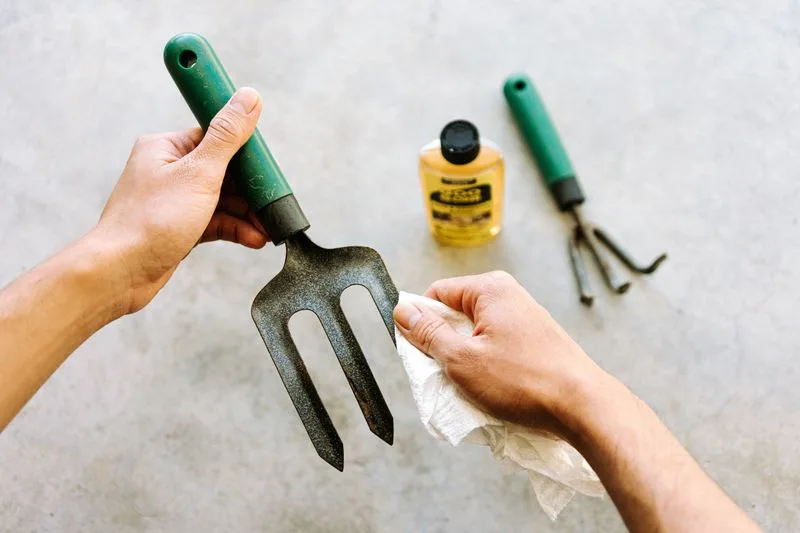
Well-maintained tools ensure efficient gardening, yet newcomers often skip this task. Rusty or dull tools hinder performance and damage plants. Regular cleaning, sharpening, and oiling preserve tool lifespan.
Storing tools properly prevents deterioration. Investing time in maintenance saves money and enhances gardening experience.
Caring for tools reflects a commitment to quality gardening. It supports smooth operations, making tasks enjoyable and effective.
Setting Unrealistic Expectations
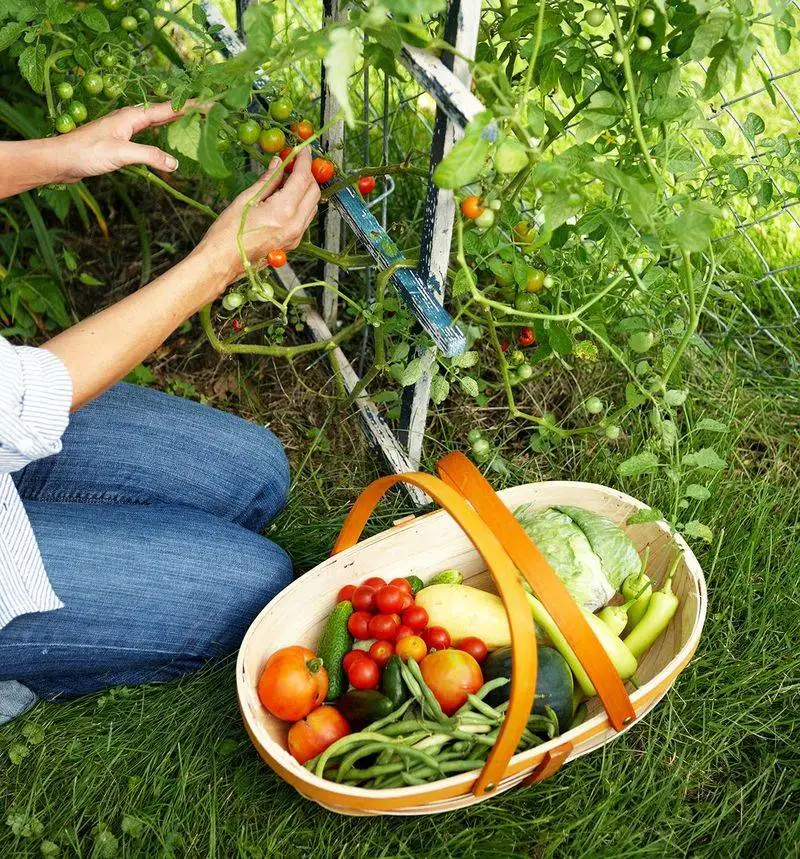
Gardening is rewarding but requires patience. New gardeners often expect instant results, leading to disappointment. Understanding growth cycles and seasonal changes sets realistic expectations.
Gardens evolve over time, revealing beauty through gradual progress. Embracing imperfections fosters appreciation for nature’s pace.
Setting achievable goals enhances satisfaction and motivation. It’s about enjoying the journey, not just the destination.
Not Rotating Crops
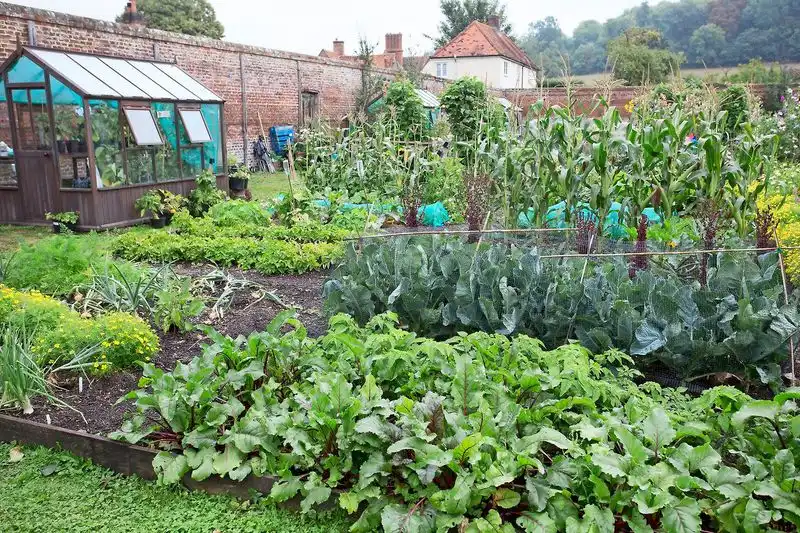
Crop rotation prevents soil depletion and pest buildup. Yet, it’s often overlooked by beginners. Rotating crops annually disrupts pest cycles and balances soil nutrients.
Grouping plants into families aids in planning rotations. Companion planting enhances diversity and soil health.
Implementing crop rotation boosts productivity and sustainability. It supports healthy soil and resilient plants, essential for thriving vegetable gardens.
Ignoring the Impact of Wind
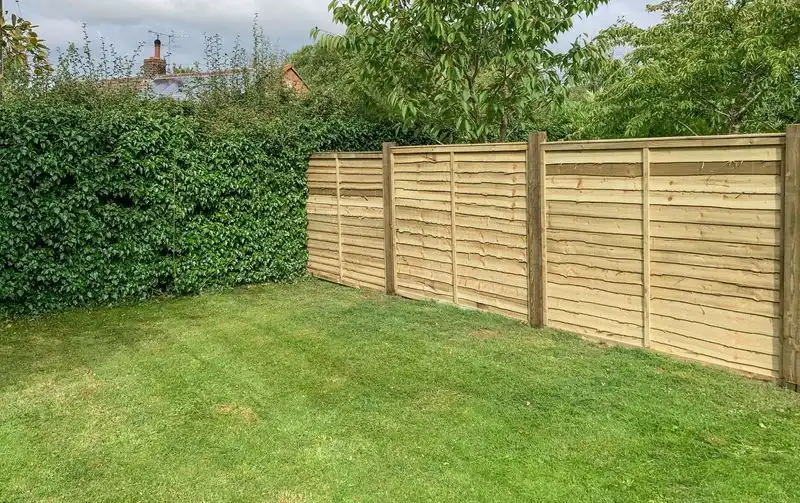
Many first-time gardeners overlook the impact of wind on their plants. Wind can cause physical damage and increase water loss, leaving plants stressed and brittle. Consider installing windbreaks or fences to shield sensitive plants.
Selecting hardy, wind-resistant species can also make a significant difference.
Think of wind as both a challenge and an opportunity to design creatively. Did you know that certain grasses swaying in the breeze can add a dynamic visual element to your garden? Addressing wind issues early ensures a resilient, vibrant garden that withstands the elements gracefully.

